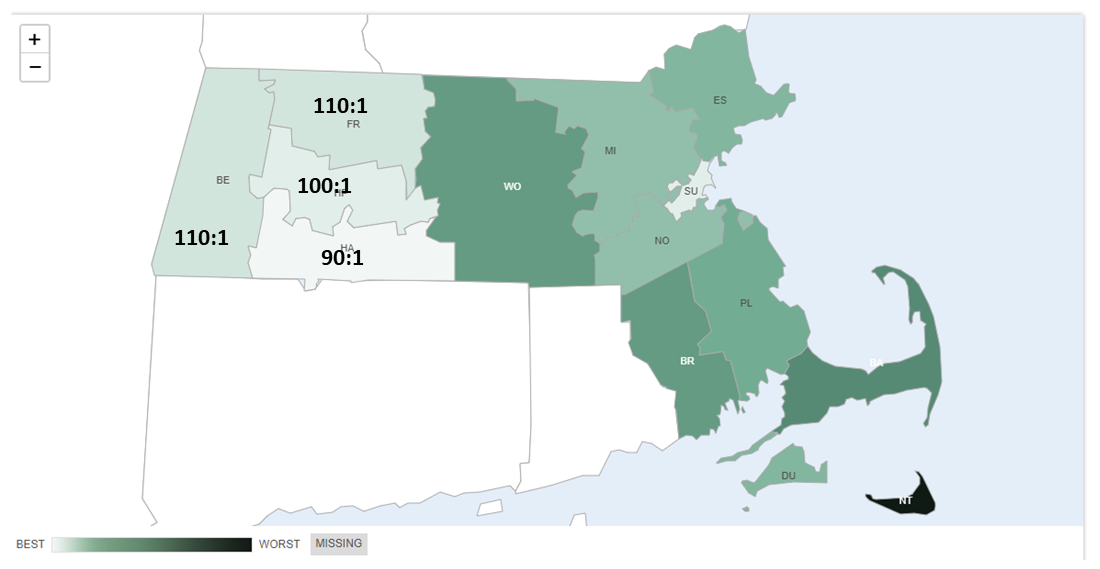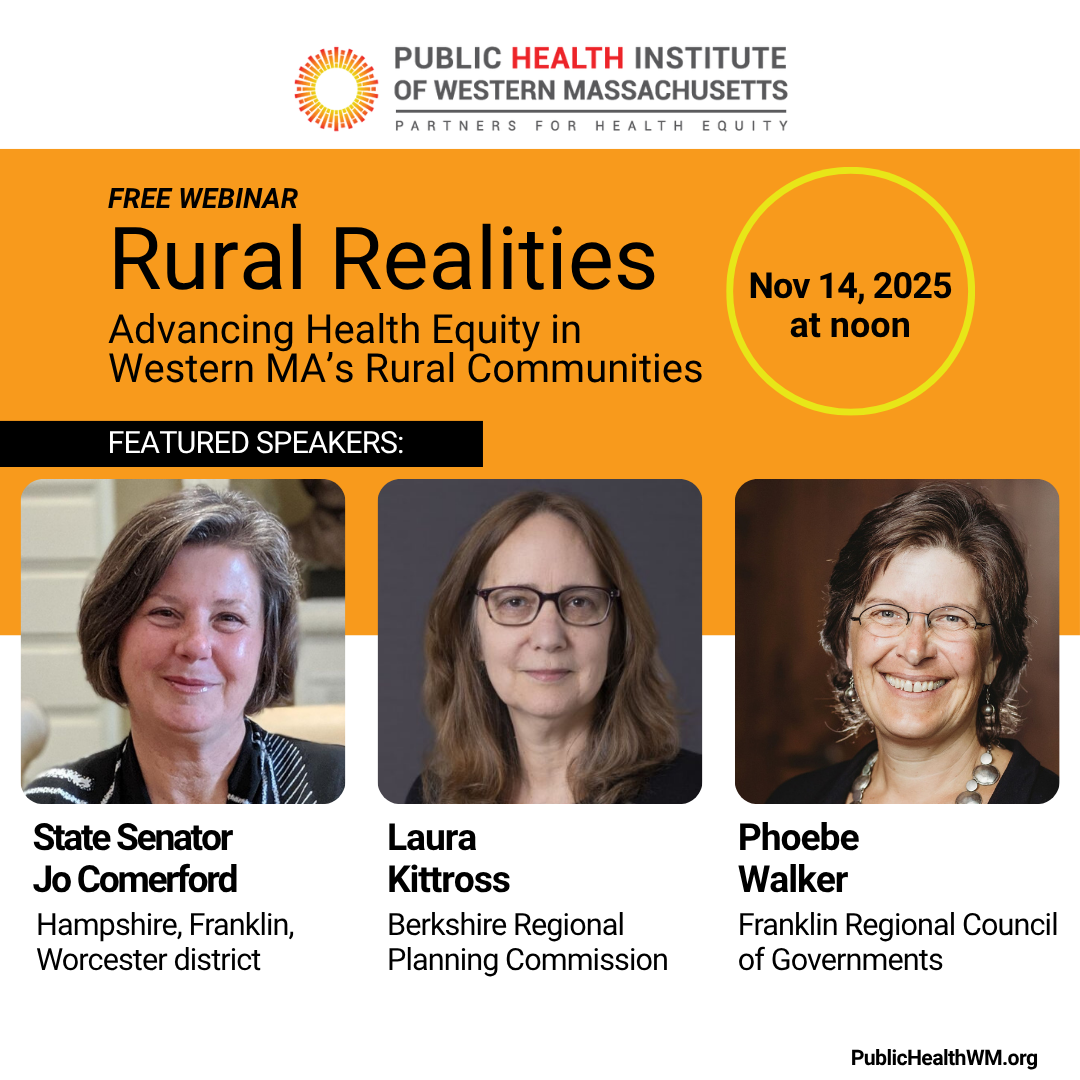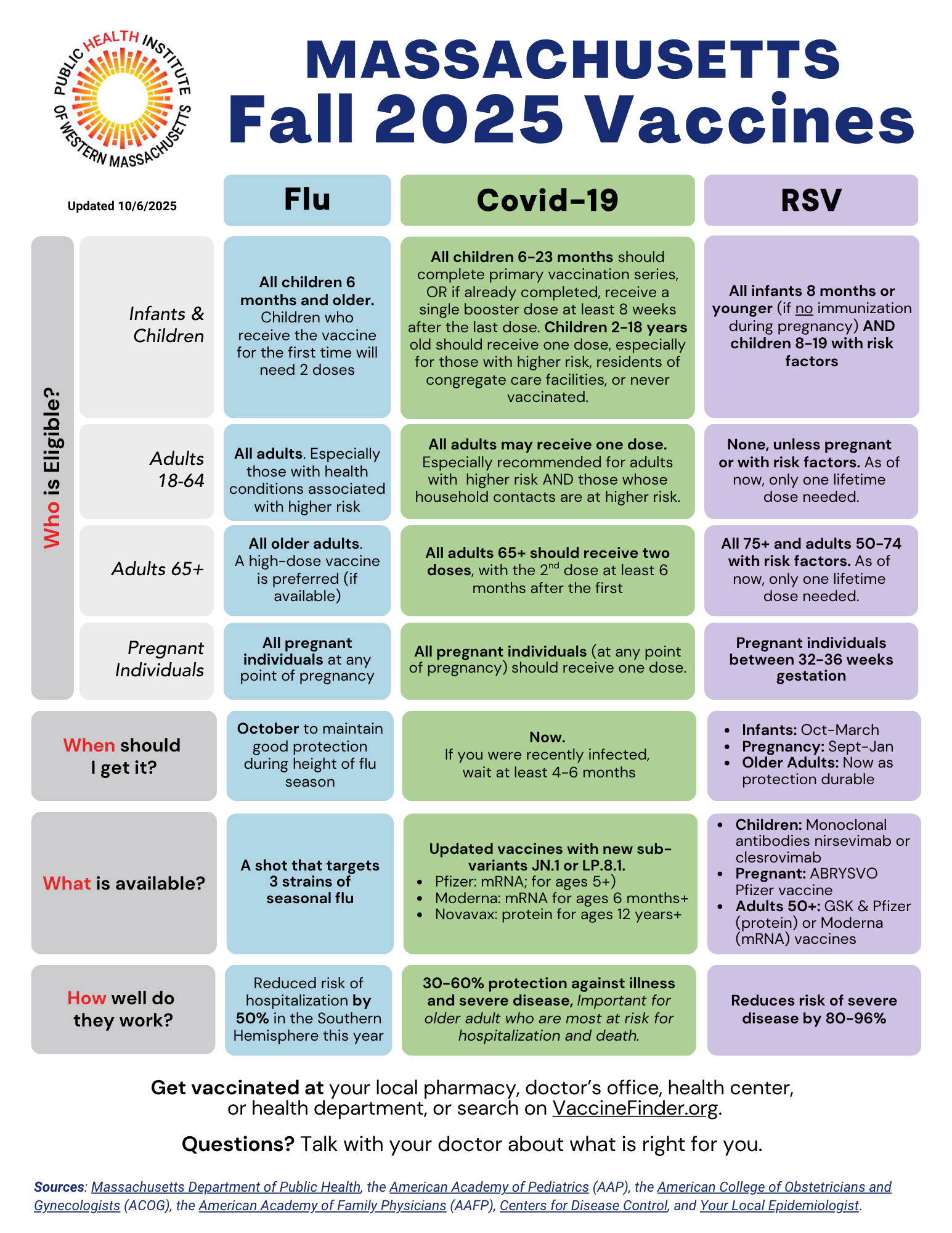A Glimpse at the 2023 County Health Rankings
The 2023 County Health Rankings are now available. Our health is shaped by a variety of factors, including the social, economic, cultural, and physical environments we live in. The County Health Rankings & Roadmaps program provides data on more than 90 factors that influence our health, such as education, employment, community safety, housing, and access to health care. By examining these factors and how they vary among different populations and geographies, we can identify strategies to advance health and equity. We have highlighted a few of the available maps.
Length of Life
Length of Life is the time between birth and death, and it is an important indicator of population health. We measure how long people live to gain insights into the factors that influence premature deaths. The map below ranks each county by life expectancy- with 1 being the highest life expectancy and 14 being the lowest. Improving community-level factors, such as access to healthy food, quality medical care, and a clean environment, can help to extend life expectancy and improve overall health.

Physical Inactivity
In Massachusetts, 19% of adults reported taking part in no physical activity outside of work. This ranged from 16% to 24% of adults across counties in the state. Physical inactivity is linked to increased risk of health conditions, including Type 2 diabetes, stroke, hypertension, and shortened life expectancy.

Mental Health Providers
Access to mental health care is essential for improving overall health and well-being. This map shows the ratio of population to mental health providers in different counties. There have been many efforts to improve mental health in the region and state, such as the designation of 25 new Community Behavioral Health Centers that offer 24/7 crisis care as well as routine appointments and walk-ins.

If you are interested in exploring more, visit the County Health Rankings & Roadmaps website.
share this
Related Articles




